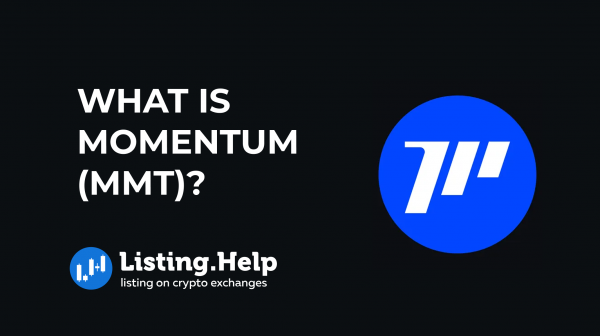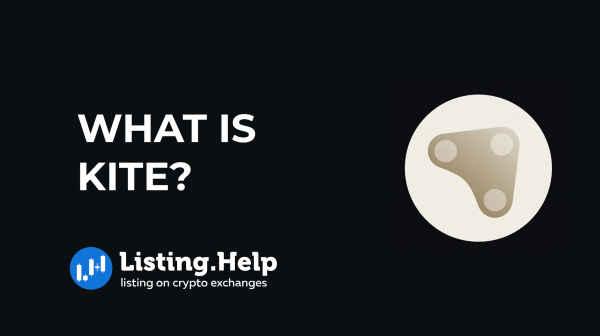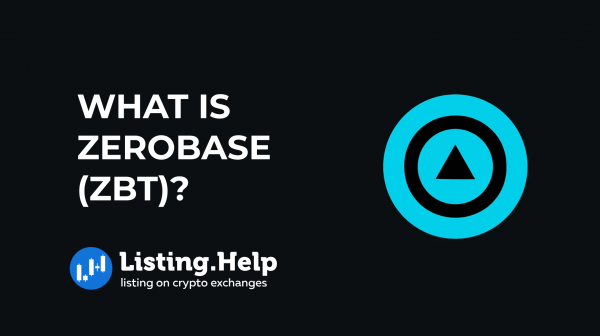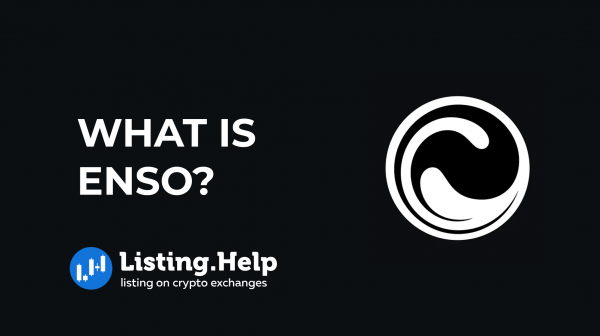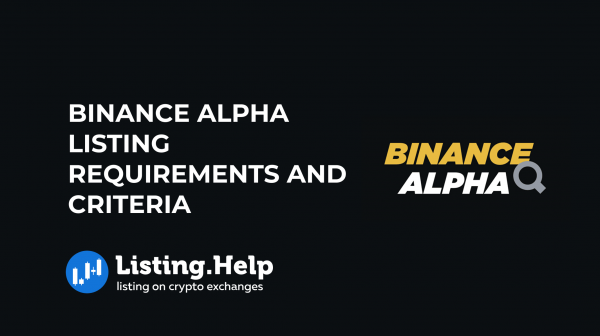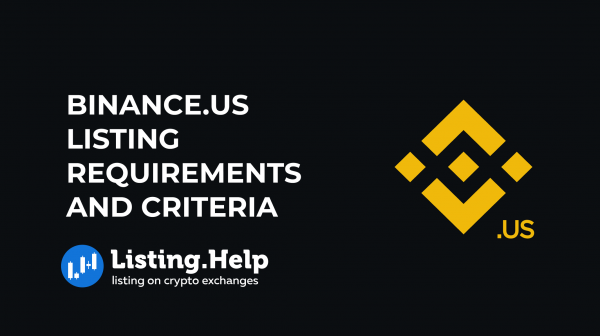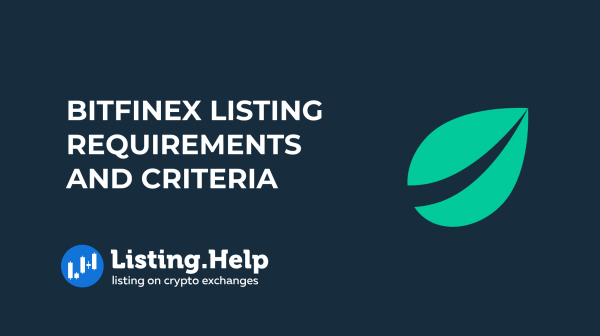What is the Venus Protocol?
 August 22, 2024
August 22, 2024 Updated: August 22 2024, 09:44
Updated: August 22 2024, 09:44
LEAVE A REQUEST
Launching your own token project? Our experts are ready to help with listing on exchanges, market making, marketing and other solutions
SUBMIT APPLICATIONVenus Protocol is a lending platform and a synthetic stablecoin system on Binance Smart Chain. It allows users to lend or borrow assets from a pool without needing permission, with interest rates that adjust automatically based on market demand. Those who provide collateral can also create synthetic stablecoins (VAI) by overcollateralization their assets.
What is Venus (XVS)?
Venus (XVS) is a decentralized finance (DeFi) platform that functions as an automated money market, where users can borrow and lend without needing intermediaries. This setup allows borrowers to access crypto loans with lower fees, while lenders are rewarded for supplying loans.
Venus operates on the Binance Smart Chain, making XVS a BEP-20 token. The platform also supports the creation of stablecoins known as VAI, which are pegged to the US dollar. Users can generate VAI by using a wide range of cryptocurrencies as collateral, including Binance Coin (BNB), USDT, USDC, Swipe (XSP), BUSD, and XVS. All supported tokens on Venus follow the BEP-20 standard.
Holders of XVS can propose and vote on changes to the network, such as introducing new types of collateral or updating the protocol.
How Does Venus Work?
The Venus platform allows users to borrow and lend cryptocurrencies in a straightforward manner. The system calculates loan amounts based on the collateral deposited, enabling users to borrow funds by providing various cryptocurrencies supported by Venus. The process is transparent, with low fees, and operates without intermediaries.
VAI stablecoins and the XVS token are integral to the system. XVS is used for governance, giving every token holder the ability to vote and propose changes. It is also used to mint VAI stablecoins. Users can mint VAI by leveraging vTokens, which are generated from their collateral, and can deposit VAI into the Venus Vault to earn interest through the platform’s liquidity mining program.
Participants can deposit any of the 16 supported cryptocurrencies as collateral to borrow more funds or earn an annual percentage yield (APY) by lending to others. The APY is determined by the demand for specific cryptocurrencies on the platform. Profits earned can be used as collateral for further loans, or users can mint decentralized coins and continue to lend their assets.
The History of Venus Protocol
Venus Protocol was established by a team from Swipe, a global cryptocurrency credit card issuer, with its launch occurring in 2020. The primary goal was to bridge the gap between traditional finance and decentralized finance (DeFi) on the Binance Smart Chain, offering users a solution that avoided the challenges they had encountered on Ethereum.
Although Swipe played a role in developing Venus Protocol, there were no pre-mines of the XVS token allocated to developers or founders. This approach ensured that XVS holders retain full control over the protocol and its governance.
The protocol’s rules are shaped by the community’s preferences. For instance, the Venus V2 upgrade brought about several changes, such as increasing penalties for VAI liquidation and introducing fees for VAI minting and withdrawals. These fees were directed to the Venus Reserves Treasury. Additionally, the upgrade included an airdrop of the Venus Reward Token (VRT) to existing XVS holders as a form of reward.
What Can You Do on Venus Protocol?
Venus Protocol offers users the ability to lend and borrow assets without needing permission. It also allows users to mint stablecoins (VAI) using over-collateralized positions and to take part in the protocol’s governance process.
Lending
Users can lend their assets and earn variable yields. Venus Protocol pools these loaned cryptocurrencies through smart contracts and periodically issues vTokens to the lenders. This process taps into the value of assets already on the Binance Smart Chain, particularly those without established lending markets, like Bitcoin and Litecoin.
Borrowing
The protocol operates on an over-collateralized loan system, meaning borrowers must provide collateral before they can borrow. For example, if Ethereum has a collateral value of 50%, users can borrow up to 50% of their ETH’s value. The collateral ratio is subject to change through the protocol’s governance, giving users some influence over these parameters.
However, as noted in Venus Protocol’s white paper, collateral values typically range from 40% to 75%. Users should be mindful that if their collateral value drops too low, their position may be liquidated.
Stablecoins
The protocol allows for the minting and redemption of the synthetic stablecoin VAI, pegged to 1 USD, though its price may vary based on supply and demand. Users can mint VAI using collateral left over from previous vToken deposits. This decentralized process allows anyone to mint stablecoins without central oversight and use them in various DeFi projects to earn additional yields.
Governance
Users have the power to shape the future of Venus Protocol through its governance token, XVS, a BEP-20 token used for voting. They can vote on important protocol matters such as upgrades, the inclusion of new tokens, interest rate adjustments, and the allocation of the reserve distribution schedule.
Venus Protocol also plans to introduce a product called Venus Vault, which will allow users to lock governance tokens to enhance the protocol’s risk management capabilities and to receive staking rewards.
What Makes Venus Unique?
While Venus is not the only lending platform available, it does possess certain characteristics that distinguish it from others. Venus offers rapid loans with low transaction fees, supported by an over-collateralization model. The integration with Binance Smart Chain allows Venus to operate at high speed, enabling near-instant transactions and loan processing.
Venus is also notable as the first lending protocol to provide access to loan markets for popular cryptocurrencies like Ripple’s XRP, Bitcoin (BTC), and Litecoin (LTC), among others. Instead of depending on central authorities or undergoing credit checks, users can secure liquidity for their loans by depositing collateral.
To maintain accurate and relevant pricing, Venus utilizes price oracles that deliver real-time data from cryptocurrency markets. This ensures users have access to the best prices and a clear, transparent view of market conditions.

For more insights and updates on the crypto world, don’t forget to check out our blog at Listing.Help




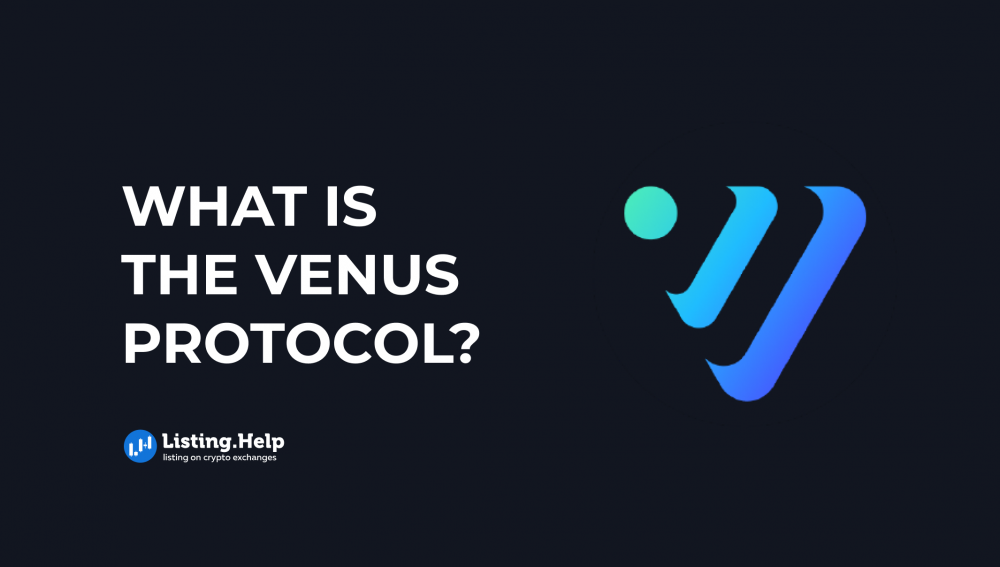


 December 15, 2025
December 15, 2025 
